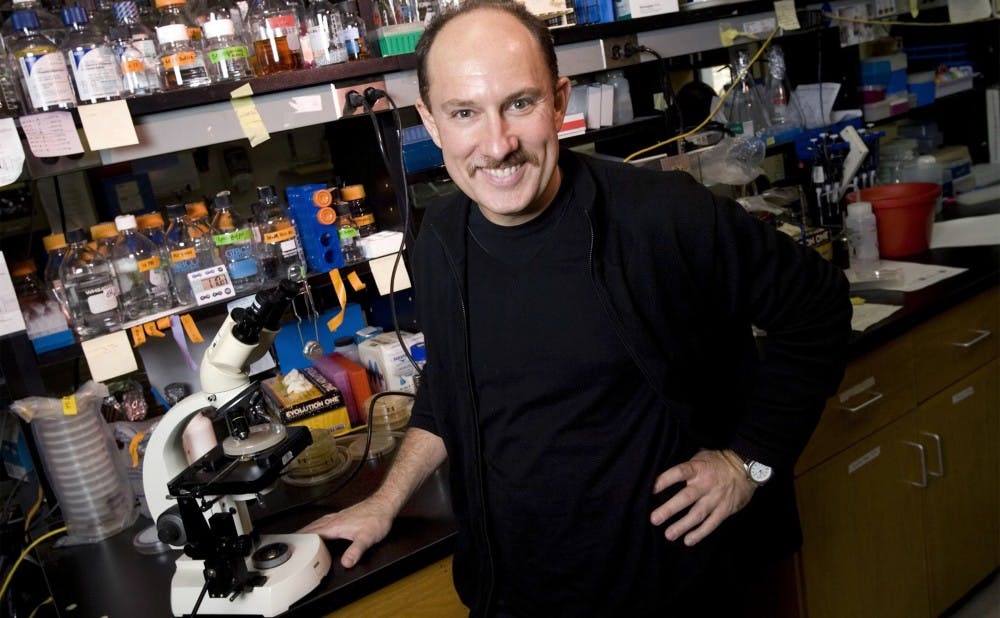A thirteen-year-old’s science project has led to a new discovery about a fungus harmful to HIV patients.
Trees around Los Angeles may host a fungus responsible for infecting HIV patients in the area, according to researchers at the Duke University Center for Microbial Pathogenesis. This discovery could lead to new recommendations for patients whose immune systems are compromised, including those with HIV. Tree samples for the study were collected as a middle school science fair project by Elan Filler, daughter of University of California, Los Angeles infectious disease specialist Scott Filler—both of whom are co-authors of the study.
“What we had found were unusual [samples] occurring in HIV/AIDS patients [in the LA area], and the question was where did they get exposed to this pathogen?” said Joseph Heitman, chair of the department of molecular genetics and microbiology
The fungus, Cryptococcus gattii, is part of a family of fungi responsible for over 1,000,000 infections and 600,000 deaths every year, mainly among HIV patients.
Cryptococcus fungi had been found in trees in other areas, so in order to determine where the fungus was originating, Elan Filler, who was thirteen at the time, decided to sample trees in the LA area for her project. She gave those samples, along with data on the types and locations of the trees she had sampled, to her father, who sent them to Duke for further analysis.
“The two of them would go out, drive around, find trees, either swab the trees or the soil around the trees and then send the samples off to us,” said Blake Billmyre, a fourth-year graduate student and a co-author of the study.
Duke researchers used genome sequencing to determine that a few of the fungus samples collected by Filler were almost identical to fungi collected from infected patients in the Los Angeles area. Billmyre, who worked on the genome sequencing, said that in some cases, only a few dozen base pairs differed between the fungi in local trees and the fungi found in infected patients, out of the millions of base pairs that make up the fungus' DNA.
“They are not identical,” Heitman said, “but they are incredibly closely related.”
While the study does not provide conclusive proof that the same fungi in LA patients are also present in certain LA trees, the evidence is fairly convincing. In addition to the genome sequencing data, researchers also found that mice developed similar infections when exposed to fungi from trees and from patients.
New recommendations for HIV patients could be developed as a result of this study, urging them to be careful in certain areas where trees containing Cryptococcus fungi are present, said Deborah Springer, a post-doctoral researcher in Heitman's lab and lead author on the study.
“Somebody with HIV/AIDS needs to be aware that when they travel to certain regions they may be predisposed to infection,” Springer said.
This fungus does not normally pose a threat to people with healthy immune systems, she said. Although there has been an outbreak of a closely related fungus in the Pacific Northwest that has affected healthy people, Cryptococcal infections generally only occur in people with immune systems that are not properly functioning.
“Microorganisims occur all over the environment,” Springer said. “Your immune system is very capable of dealing with these potentially infectious organisms.”
The study has also given a boost to Elan Filler as a researcher. Heitman said that she has taken part in several science fairs using her research data from this project, including fairs in different parts of the country.
“She’s winning all of her science fairs,” Billmyre said.
Get The Chronicle straight to your inbox
Signup for our weekly newsletter. Cancel at any time.

